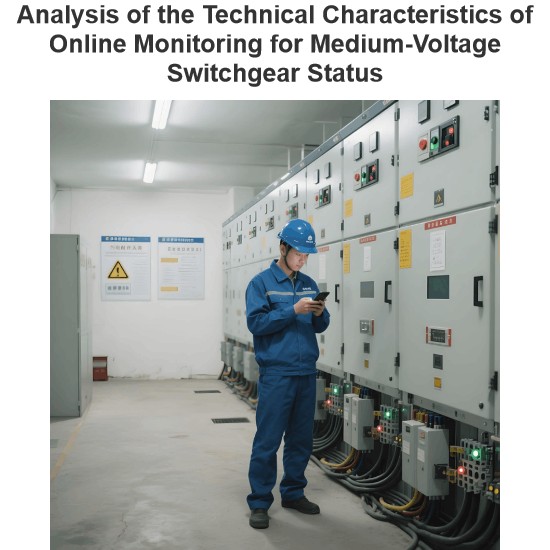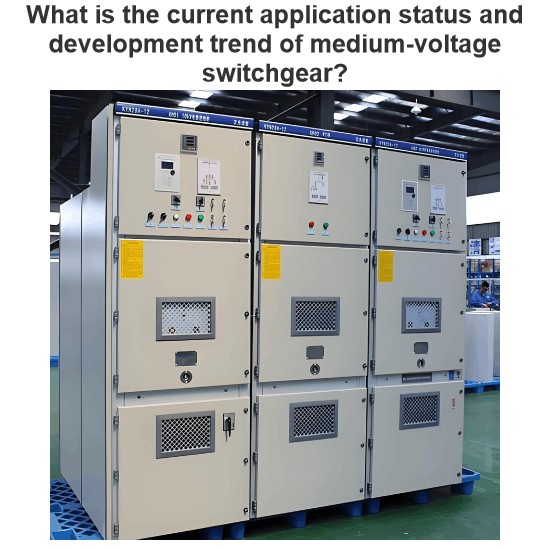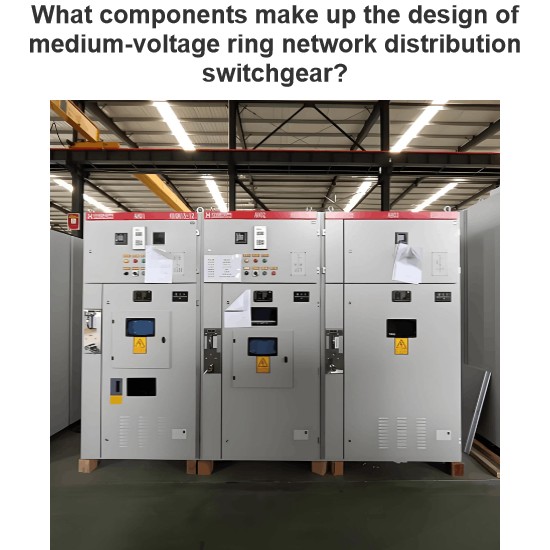How do you determine the voltage of a series wound DC motor based on the number of turns on the stator?
Relation between stator winding and voltage
In a DC motor, the number of turns in the stator winding (also known as the armature winding) directly affects the induced electromotive force it generates. The effective value of the induced electromotive force per phase of the stator winding E1 can be calculated using the following formula:
E1 = 4.44 K1 f1 N1 Φ
Among them:
E1 is the effective value of the induced electromotive force per phase of the stator winding.
K1 is the winding coefficient of the stator winding, which depends on the structure of the winding.
f1 is the frequency of the induced electromotive force in the stator winding, which is equal to the frequency of the power supply.
N1 is the number of turns of wire in series for each phase winding of the stator.
Φ is the pole-pair magnetic flux of the rotating magnetic field, i.e., the maximum value (in webers) of the alternating magnetic flux that passes through the stator windings.
The method to determine the voltage
According to the above formula, we can infer that to determine the voltage of a wound direct current motor, we need to know the following parameters:
Stator winding turns N1
Winding Factor K1
Power Frequencyf1
Magnetic Flux (Φ)
Once these parameters are known, the induced electromotive force E1 can be calculated using the above formula, which in turn determines the voltage of the motor.
Considerations in practical applications
In practical applications, determining the voltage for a wound-rotor DC motor also needs to consider other factors such as the design requirements of the motor, load characteristics, and overall system performance. Additionally, it is necessary to ensure that the calculated voltage falls within the safe operating range of the motor.
Sample Calculation
Assume we have a DC motor with a stator winding of 38 turns, winding coefficientK1 of 0.9, power frequency f1 of 50 Hz, and flux Φ of 0.001 Weber. Then, we can calculate the induced electromotive force E1 as follows:
E1 = 4.44 × 0.9 × 50 × 38 × 0.001 = 7.22 V
Therefore, the voltage of this motor is approximately 7.22V.
Conclusion
Through the above formula and steps, it is possible to determine the voltage of a shunt-wound DC motor based on the number of turns in the stator winding and other relevant parameters. However, in practical applications, it is also necessary to take into account other factors to ensure the normal operation and safety of the motor.
The Electricity Encyclopedia is dedicated to accelerating the dissemination and application of electricity knowledge and adding impetus to the development and innovation of the electricity industry.













